In the world of 3D printing, users often face a choice between open-source and closed-source 3D printers. In the context of most brands moving towards closedness, we still need open source because open source promotes technological progress and popularization.
While both have their own advantages, open-source 3D printers have gained a strong following due to their flexibility, community-driven improvements, and long-term cost-effectiveness. As a brand committed to innovation and user empowerment, Sovol firmly believes in the power of open-source and integrates it into our products. But what exactly makes an open-source 3D printer the better choice for many? Let’s dive into the key differences and see which one suits you best.
Open-Source vs Closed-Source 3D Printer
| Feature | Open-Source 3D Printer | Closed-Source 3D Printer |
| Software & Firmware | Fully customizable; users can modify the firmware for better performance. | Locked to manufacturer’s proprietary software, limiting modifications. |
| Hardware Modifications | Freedom to upgrade, replace, and modify parts as needed. | Restricted modifications; limited compatibility with third-party upgrades. |
| Community & Support | Large online communities offering continuous improvements and shared resources. | Relies mostly on official support, which can be limited or slow. |
| Material Compatibility | No restrictions—use any filament type from any brand. | Often restricted to manufacturer-approved materials. |
| Cost Efficiency | Lower long-term costs with affordable upgrades and open-source repairs. | Higher long-term costs due to proprietary parts and expensive repairs. |
Why Choose an Open-Source 3D Printer?
1. Unlimited Customization & Performance Optimization
With an open-source 3D printer, users have full access to the firmware and software settings. This means you can fine-tune your print settings, optimize acceleration, implement custom scripts, and even install third-party firmware like Klipper or Marlin for enhanced performance.
2. Freedom to Modify and Upgrade
Unlike closed-source systems that lock you into proprietary hardware, open-source printers allow you to upgrade extruders, install better cooling solutions, or even modify the motion system. Whether you’re a beginner looking to experiment or an expert pushing boundaries, open-source 3D printers give you the freedom to evolve. It is especially suitable for schools and educational institutions for students to experiment and practice.
3. Cost Savings & Repairability
Closed-source 3D printers often require expensive proprietary components, while open-source models support standard parts that are easily replaceable. If something breaks, you don’t need to rely on costly manufacturer repairs—you can source affordable components or even 3D print your own replacement parts!
4. Strong Community & Continuous Innovation
Open-source 3D printers thrive because of their passionate communities. Developers and users constantly share firmware updates, design upgrades, and troubleshooting solutions—ensuring your printer stays up to date with the latest advancements without waiting for a manufacturer’s next model.
5. Unrestricted Filament Choices
Many closed-source 3D printers limit users to manufacturer-approved filament, which can be expensive. Open-source printers allow you to print with any material from any brand, whether it’s PLA, PETG, ABS, or even experimental composites like carbon fiber-infused filaments.
Who Should Choose an Open-Source 3D Printer?
- Makers & Hobbyists – Want to modify your printer and experiment with upgrades? Open-source is the way to go.
- Educators & Students – Open-source printers provide valuable learning opportunities in hardware, software, and coding.
- Professionals & Businesses – Customizing firmware and hardware ensures you get the best performance for your applications.
- Budget-Conscious Users – Avoid overpriced proprietary parts and enjoy long-term cost savings.
Why Sovol Supports Open-Source
At Sovol, we believe that 3D printing should be accessible, innovative, and limitless. That’s why we design our printers with an open-source philosophy—allowing users to take full control of their printing experience.
3D printing is fun, but understanding how a 3D printer works is just as exciting. That’s why our printers are fully open-source, including both software and firmware.
Our latest Sovol open-source 3D printers come with:
- Source files and code publicly available on GitHub.
- Klipper Firmware for ultra-fast printing and precise control.
- Modular Design for easy upgrades and part replacements.
- Compatibility with Third-Party Software & Accessories for limitless customization.
By embracing open-source, Sovol ensures that our printers grow with you, rather than becoming obsolete after a few years.
Final Thoughts
If you value freedom, customization, and long-term savings, an open-source 3D printer is the best choice. While closed-source printers may offer plug-and-play convenience, they limit your control and lock you into costly ecosystems. With an open-source machine—especially one from Sovol—you’re investing in a future-proof, upgradeable, and fully customizable 3D printing experience.
Ready to break free from restrictions? Join the Sovol today!

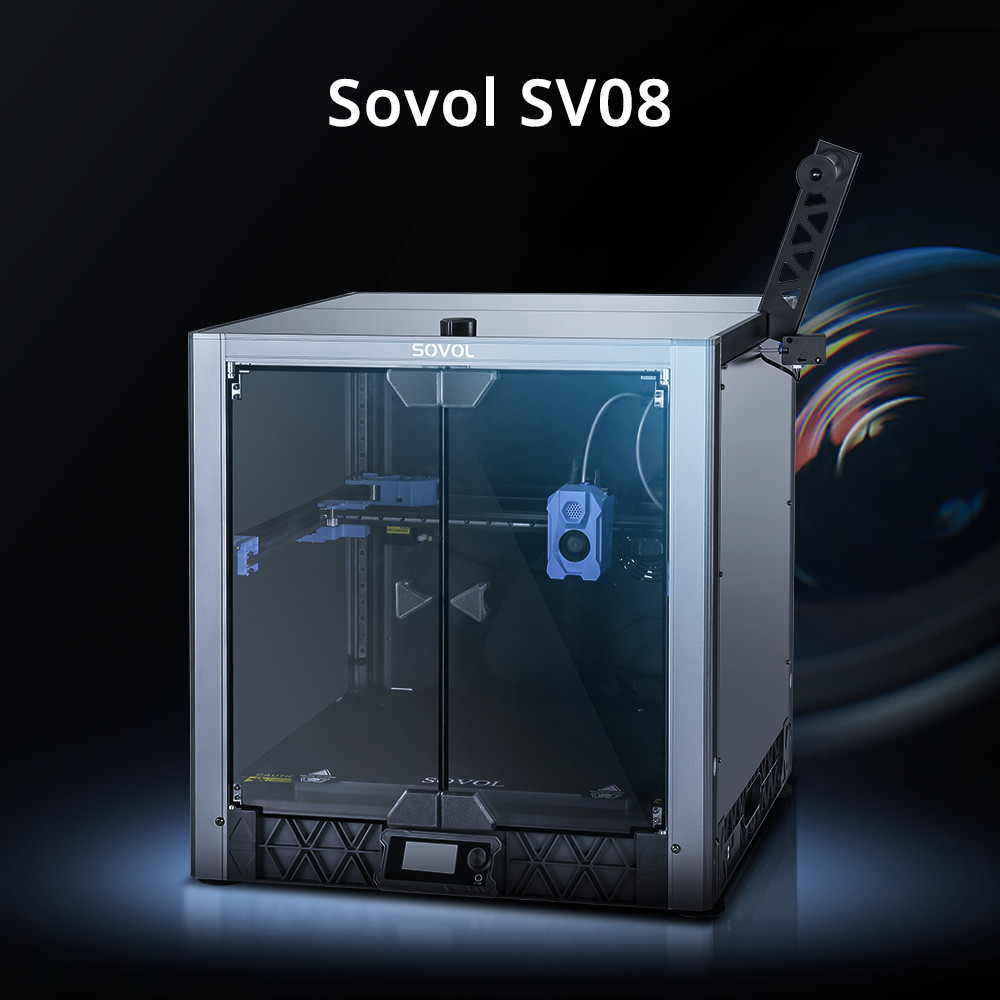
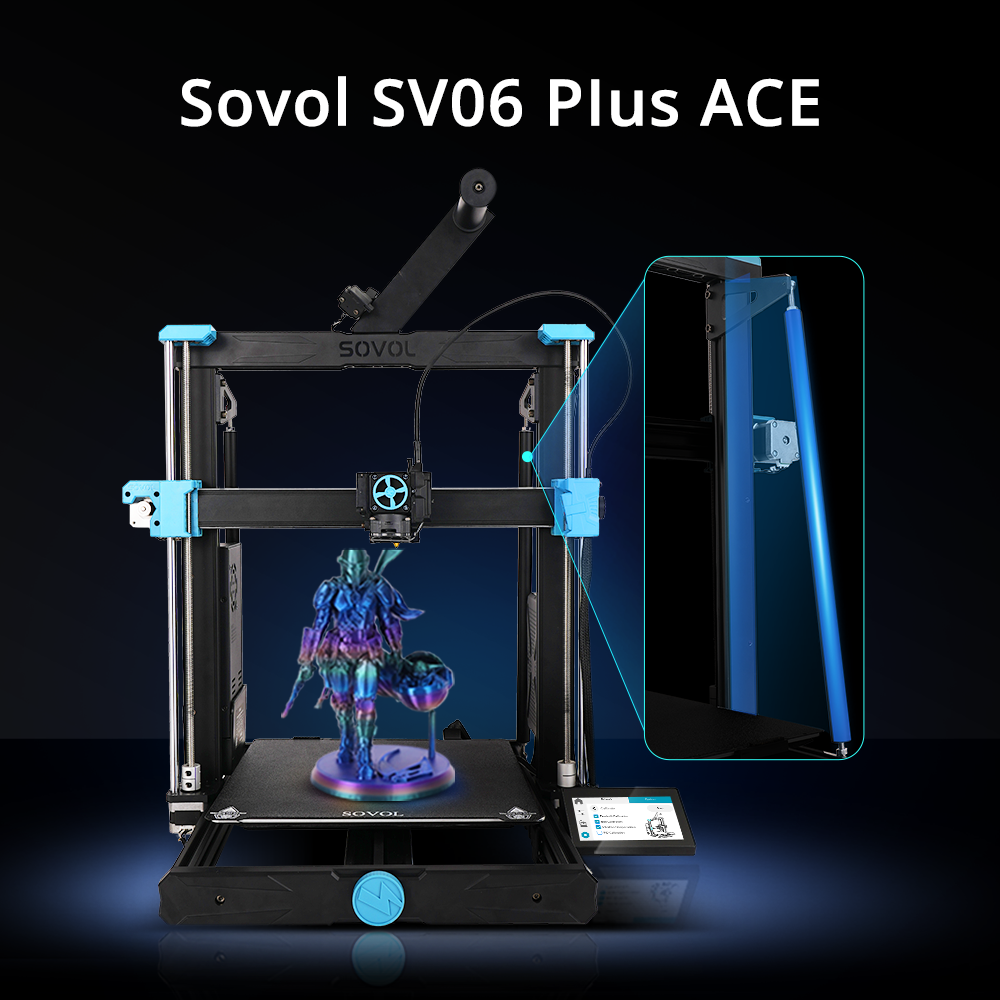
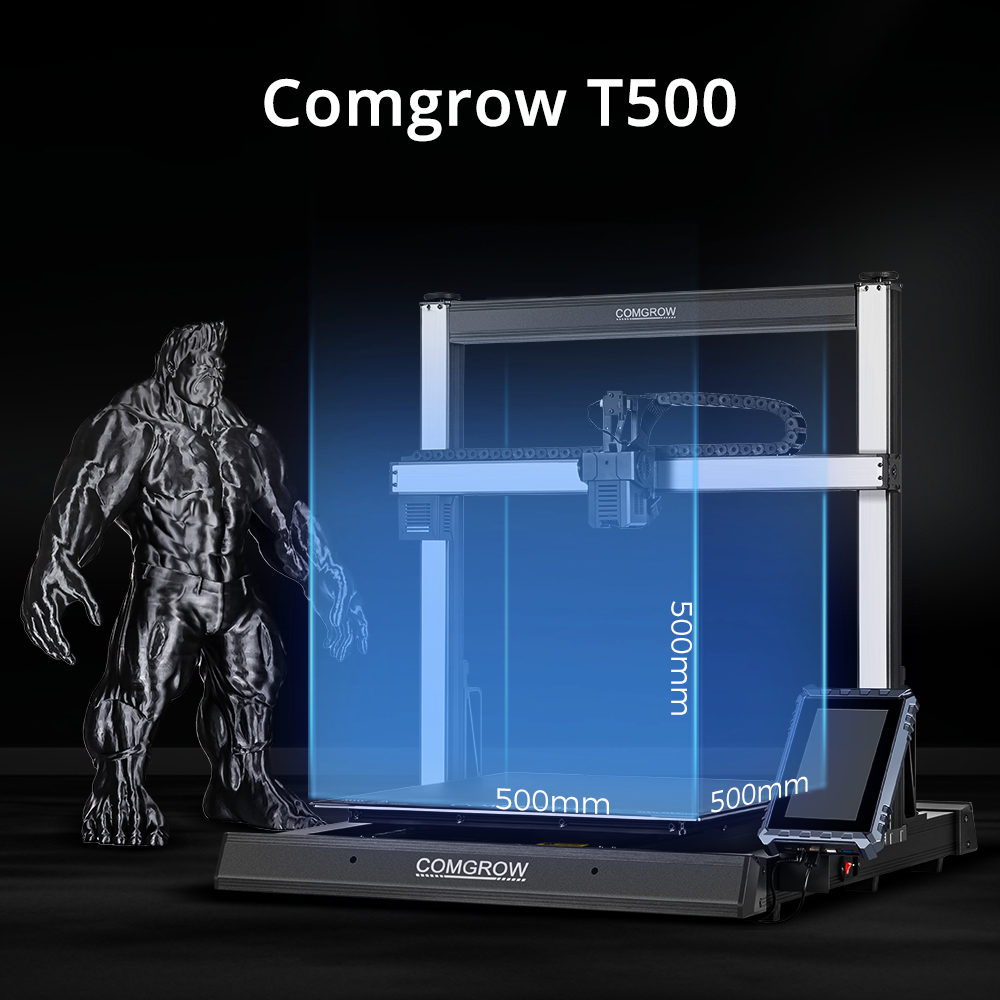
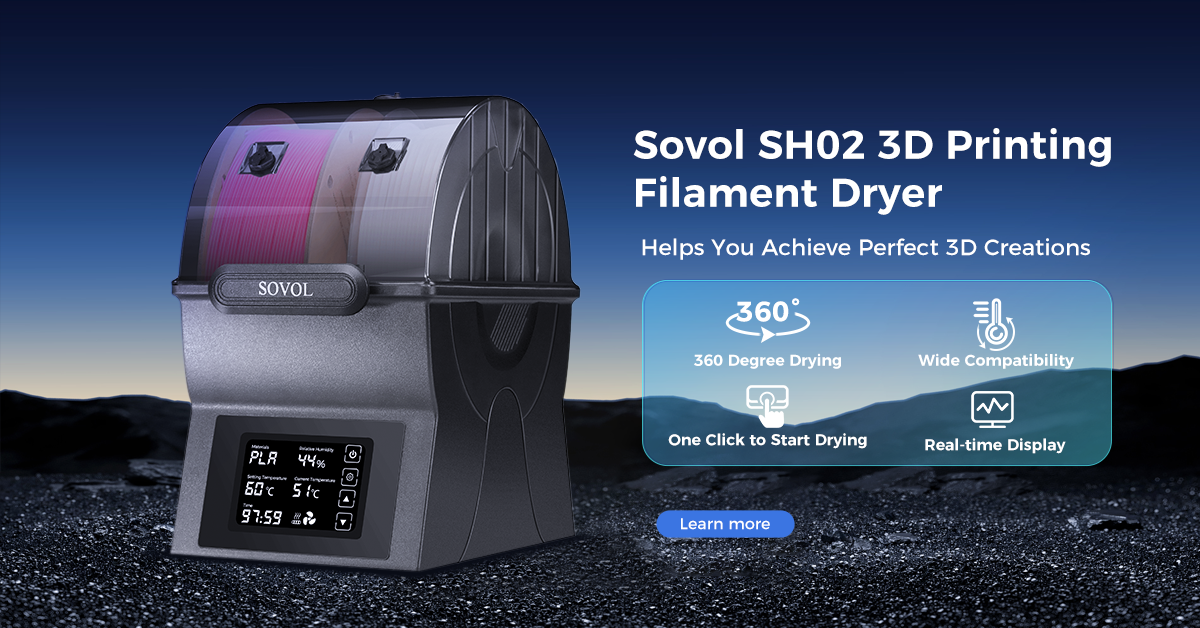
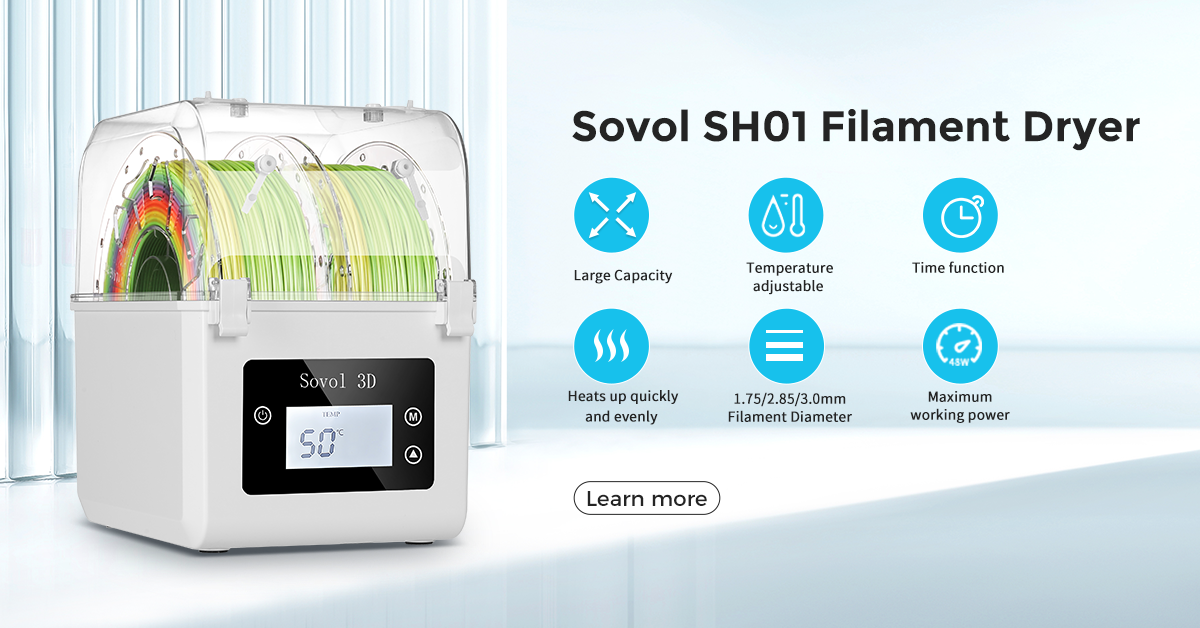
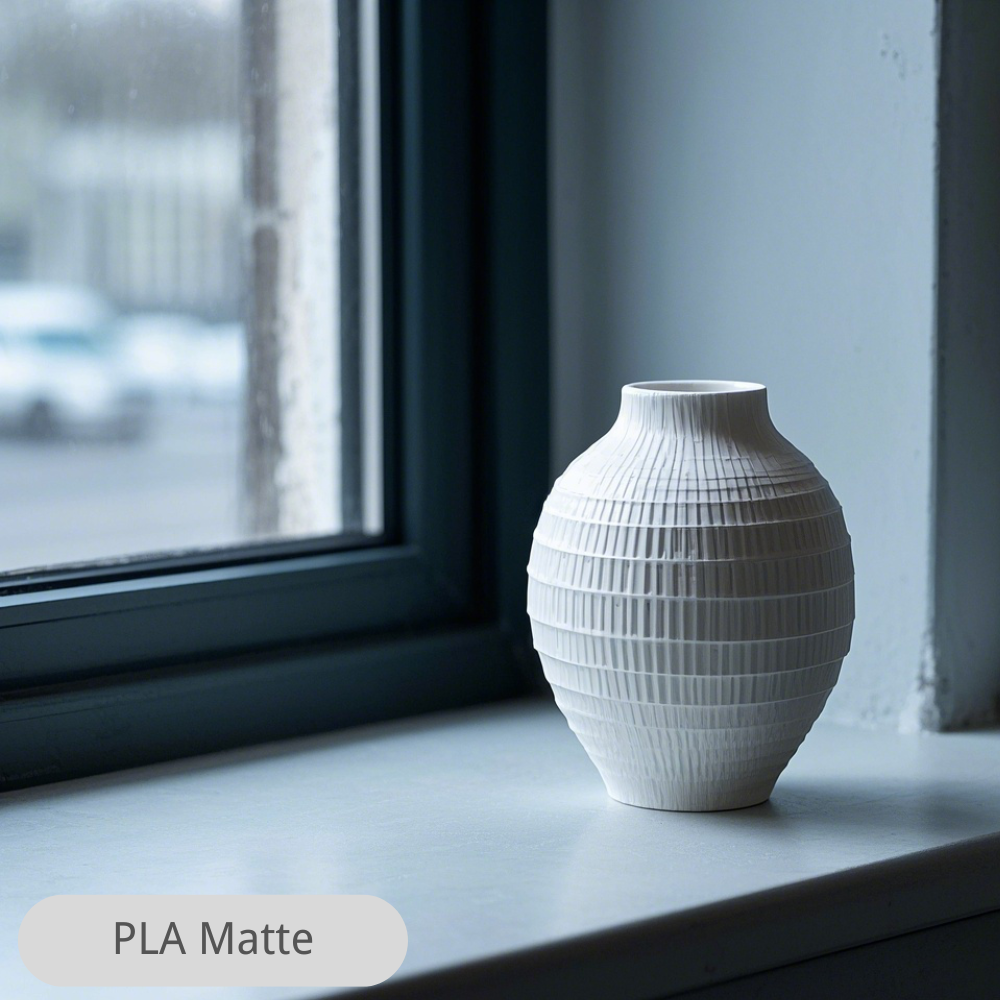

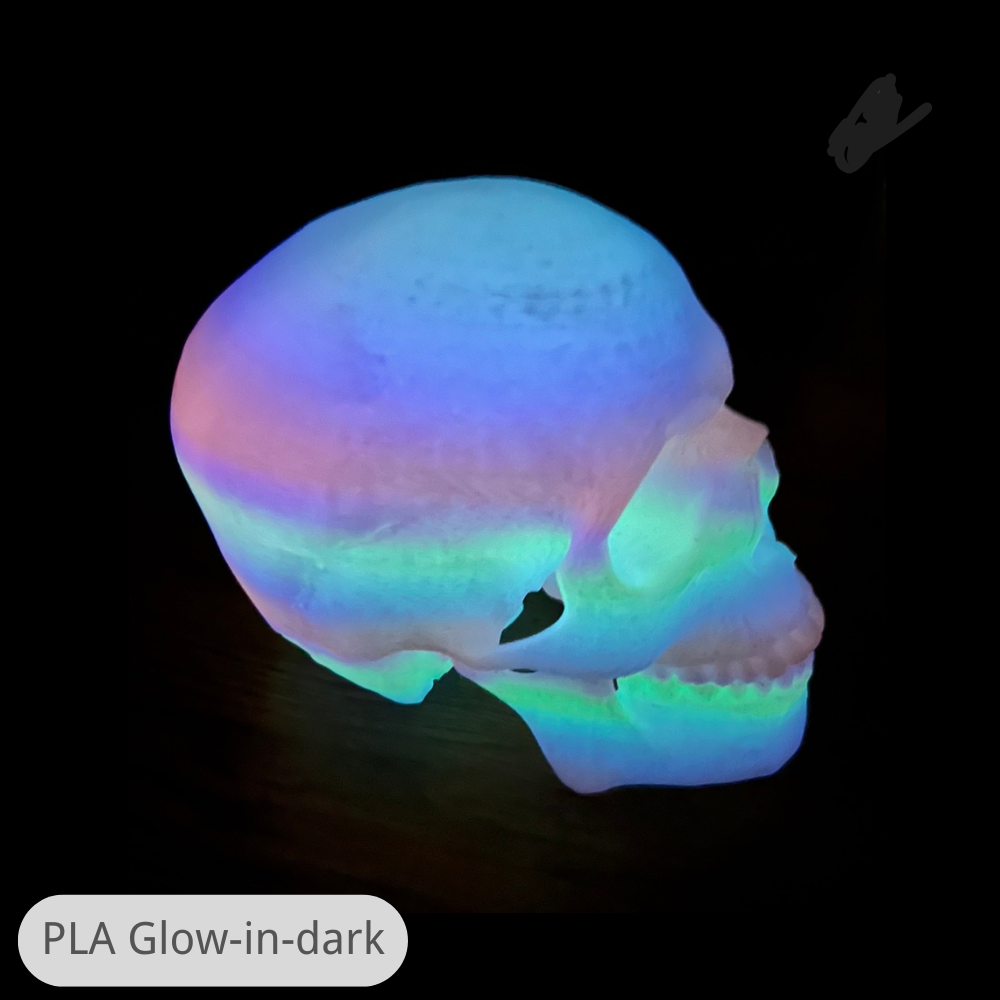
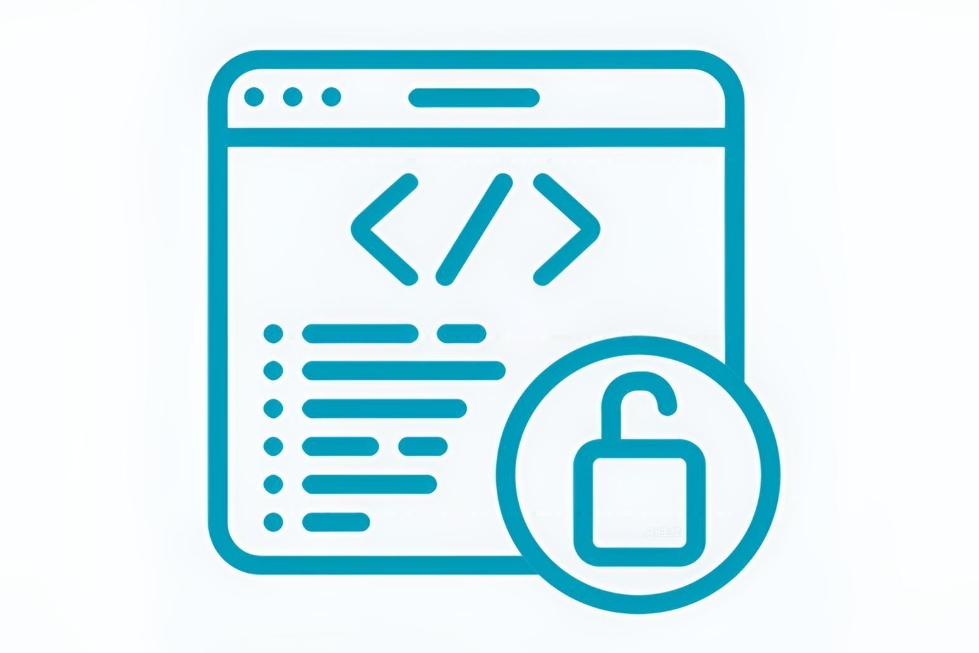
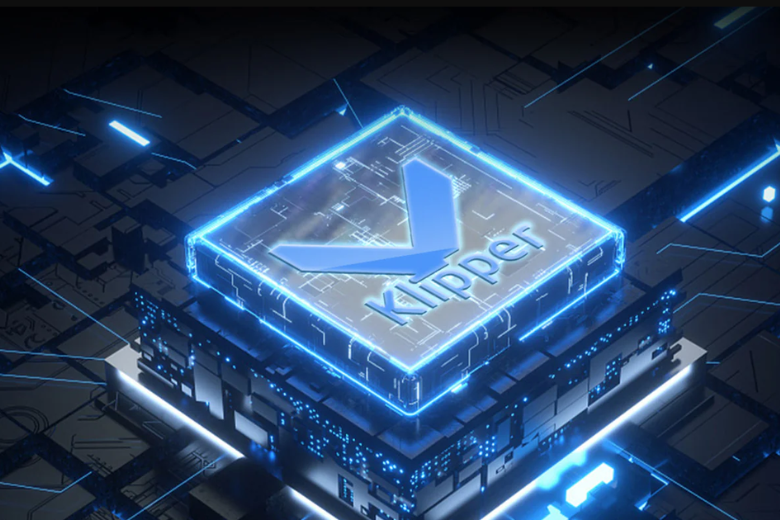
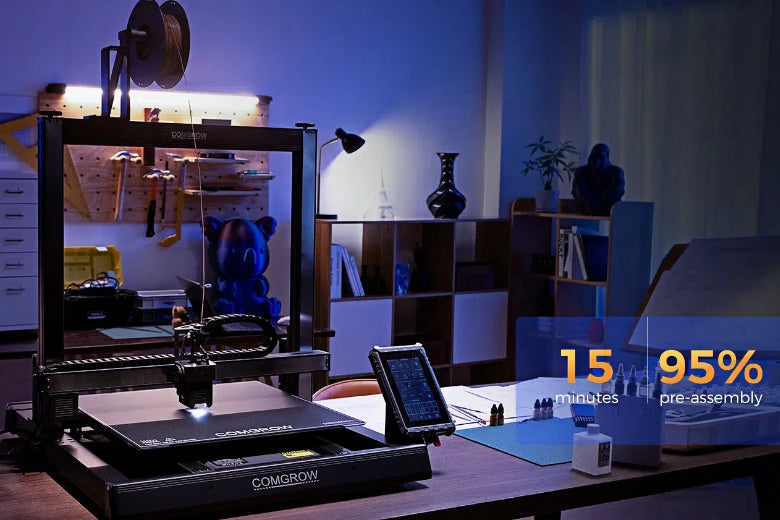
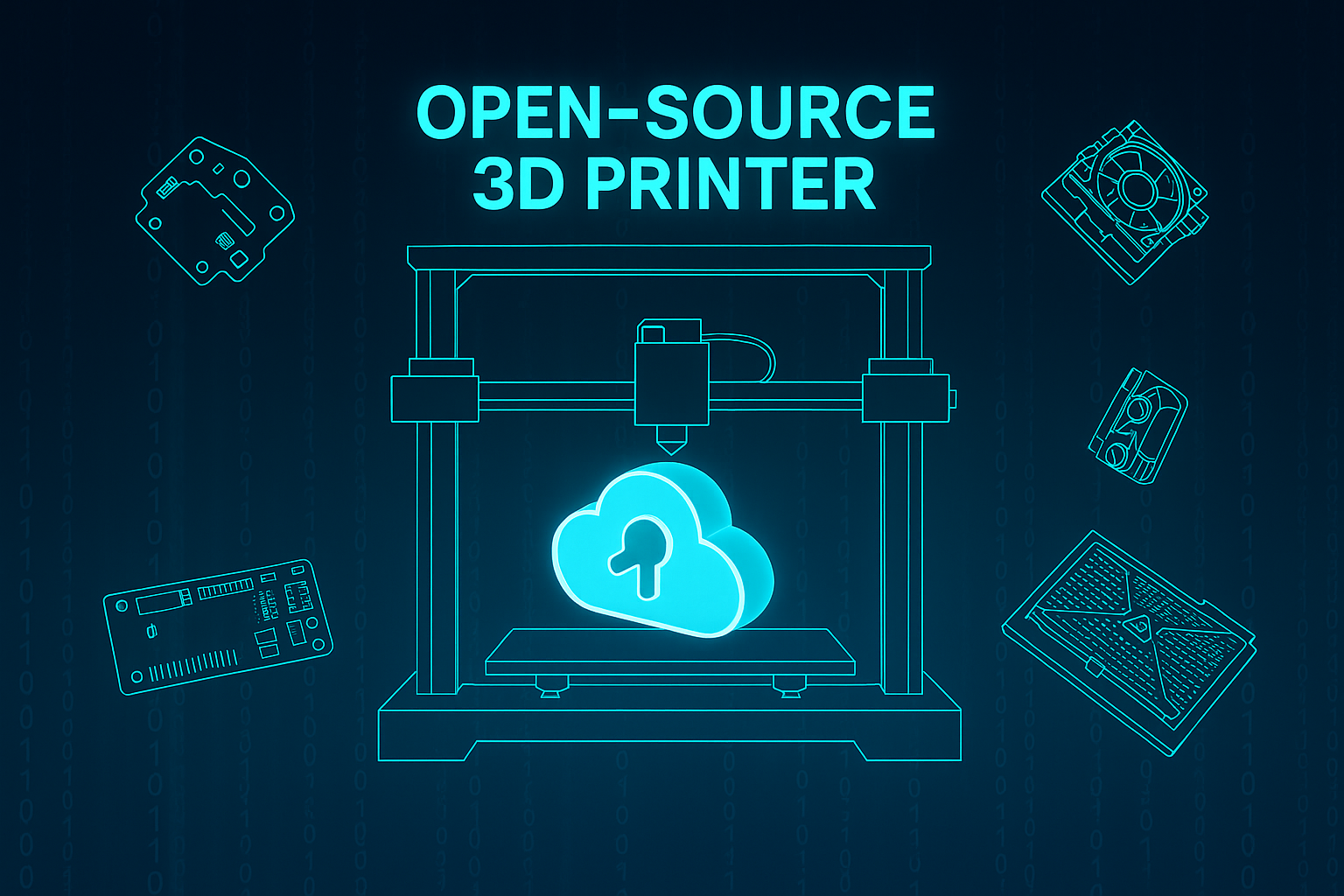
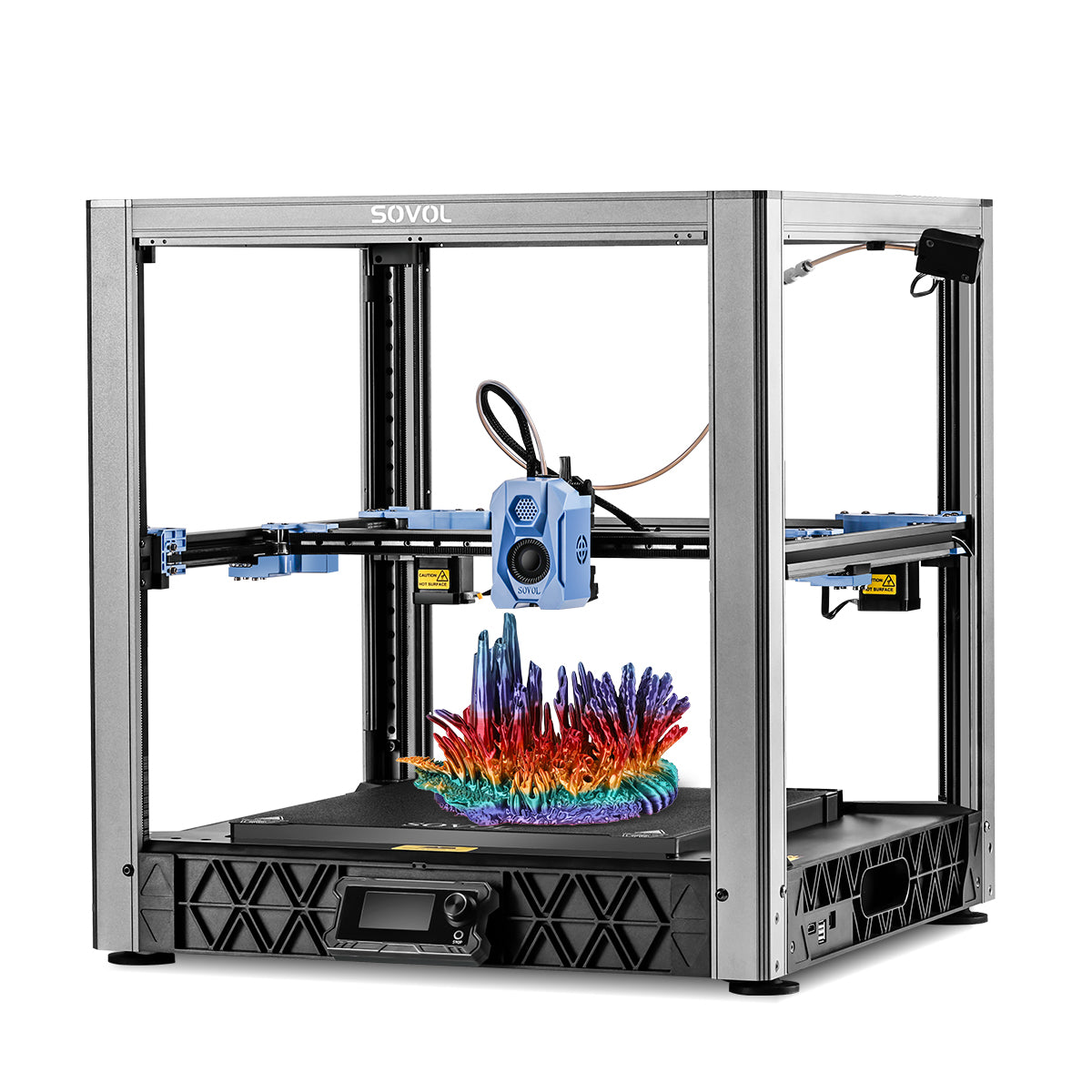
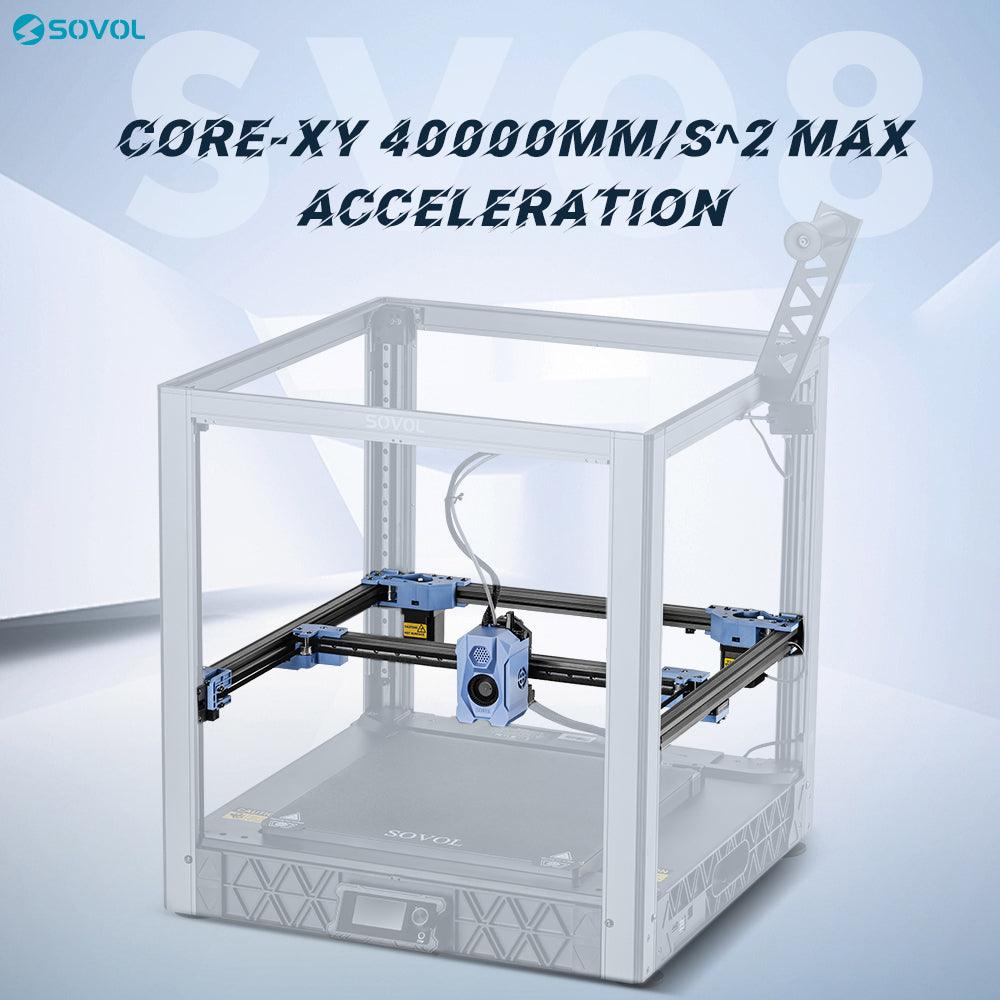
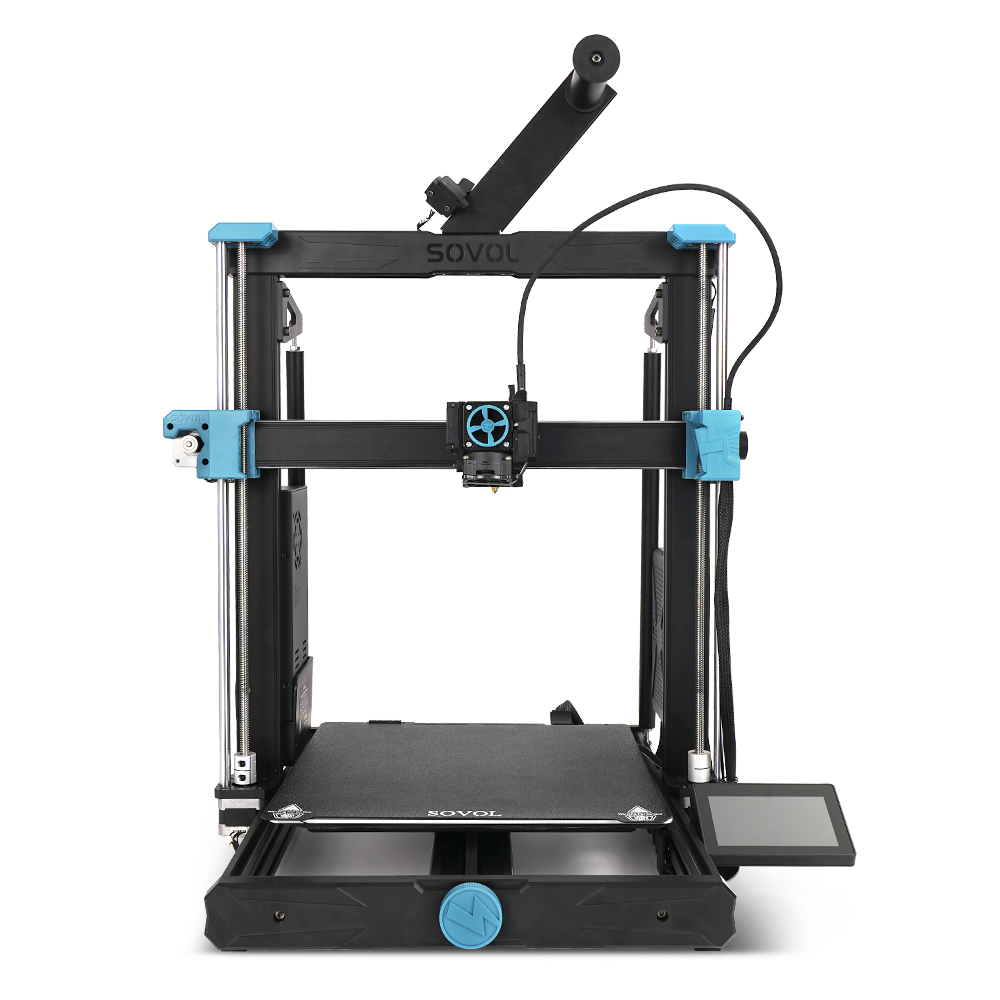
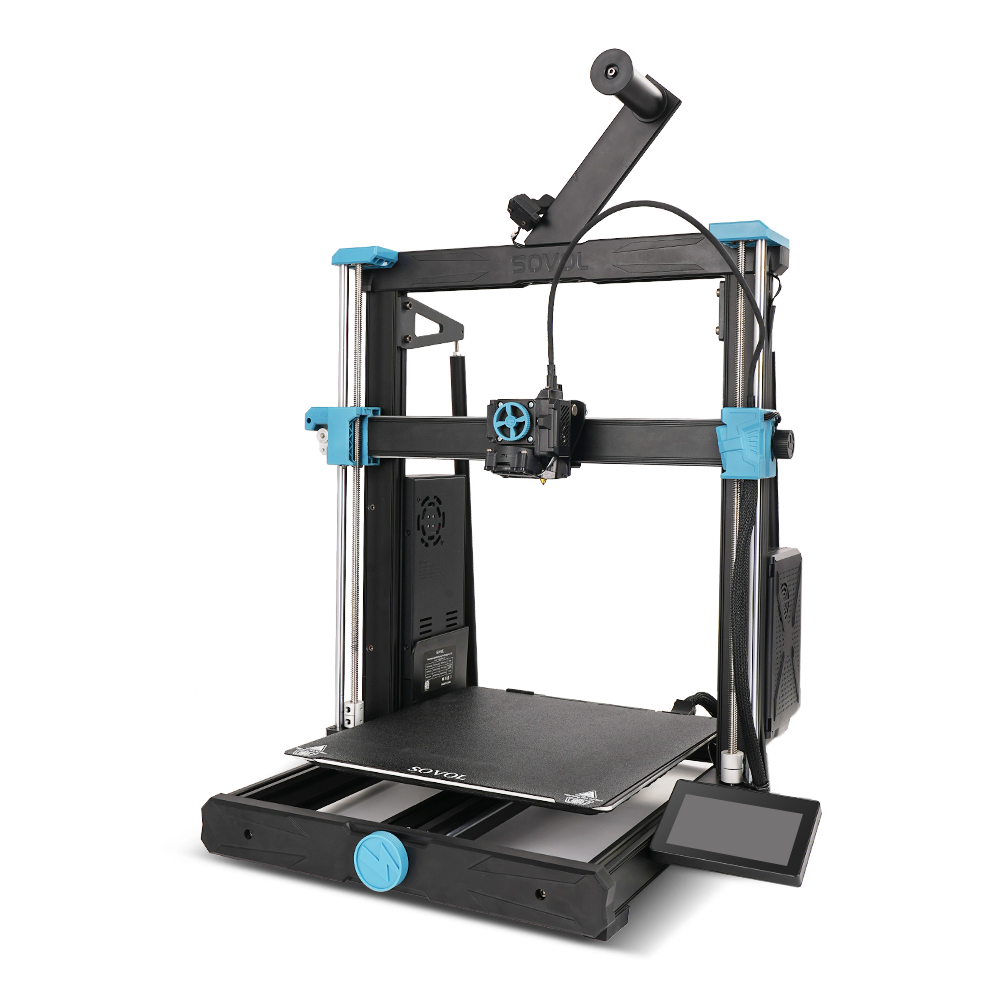
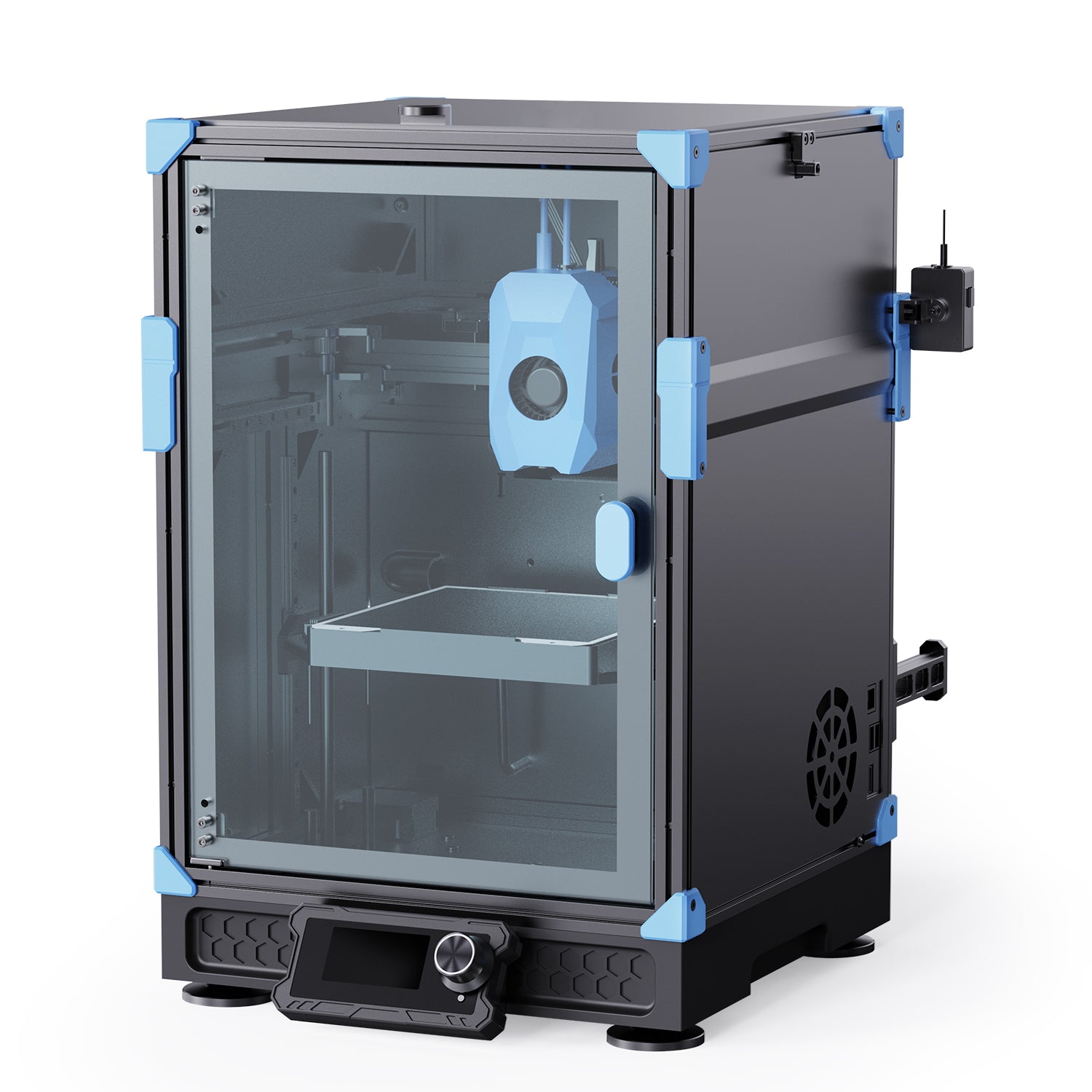
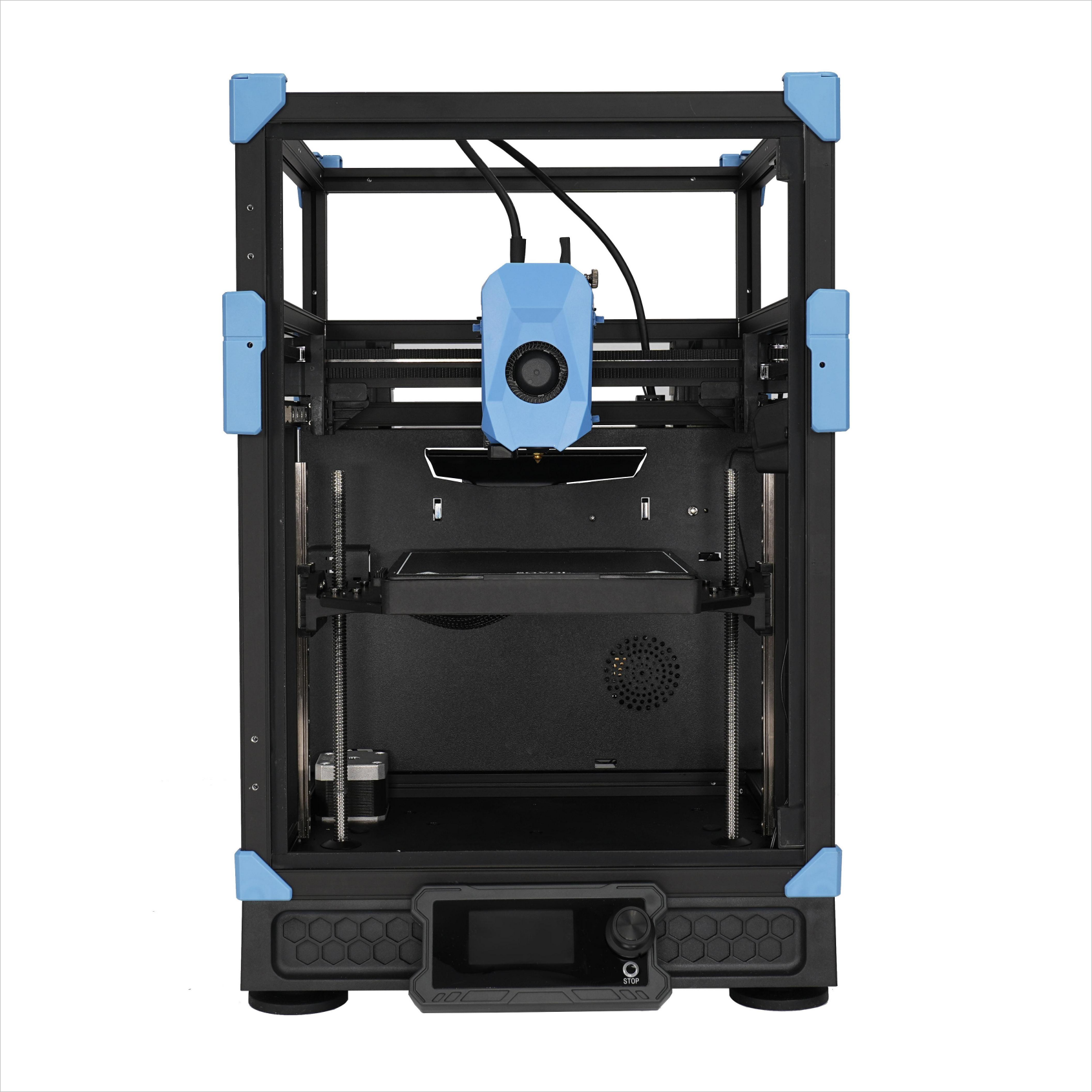
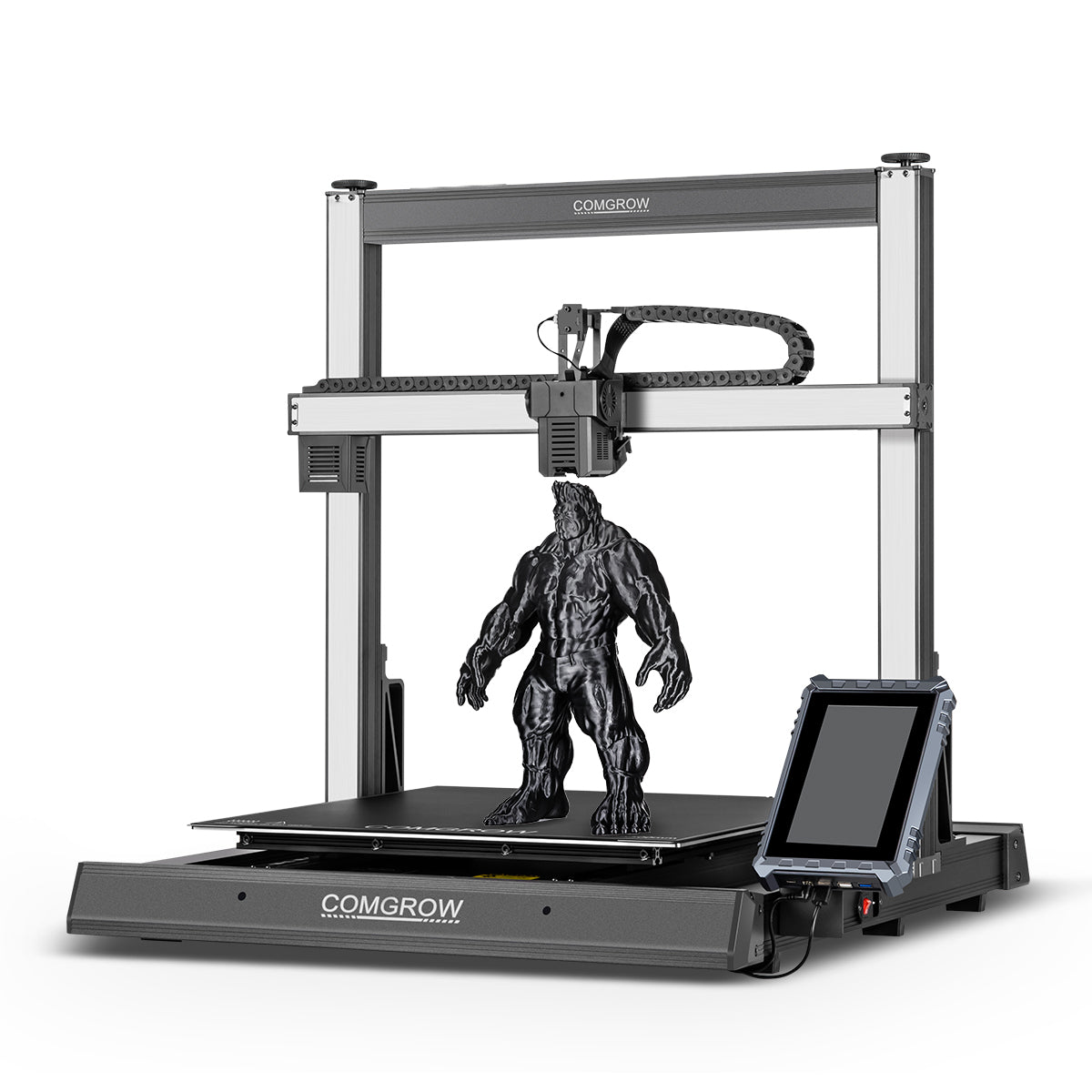
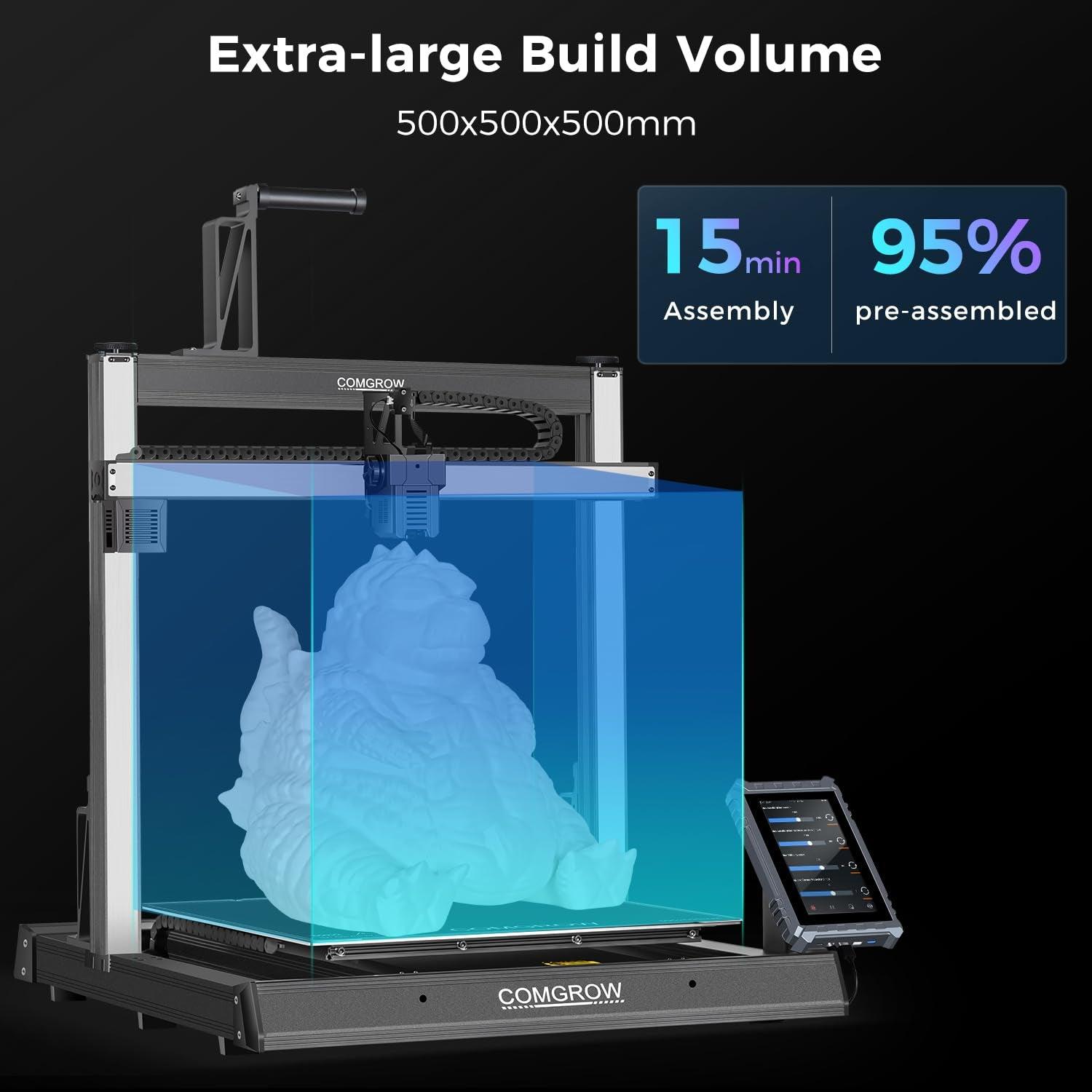
Leave a comment
All comments are moderated before being published.
This site is protected by hCaptcha and the hCaptcha Privacy Policy and Terms of Service apply.